- Sunshine Hospitals, Secundrabad
- Sunshine Hospitals, Gachibowli
- Udai Omni Hospitals, Nampally, Hyderabad
- Rainbow Children’s Hospitals, Vikrampuri, Secundrabad
- Secunderabad nursing home, west maredpally.
Working Time
Book Appointment
Ever wondered about the peculiar leg movements your baby undergoes during those routine check-ups with the doctor? These actions hold significant importance as they help detect a condition known as developmental dysplasia of the hips (DDH). This non-disease but a three-dimensional deformity, affects the acetabulum, potentially leading to hip dislocation. Early diagnosis and management are crucial to preventing complications like chronic dislocation and early hip osteoarthritis.
DDH, formerly referred to as "congenital dislocation of the hip," is aptly named "developmental" to encompass a spectrum of abnormalities in the hip joint. The exact cause is multifactorial, involving genetic, environmental, and mechanical factors. Babies are usually born with this condition, but caregivers' actions, such as improper carrying, sleeping positions, or swaddling, can exacerbate it.
In the womb, limited space may cause the hip joint's soft cartilage to not mold correctly, resulting in a shallow socket. Factors like breech birth, family history, and female gender increase the risk of DDH.
Signs that your baby may have DDH include uneven skin folds, a shorter leg, differences in leg or hip movements, clicking sounds, and a dislocated appearance. Pediatricians perform tests like the Barlow and Ortolani tests during developmental checks, examining leg movements and the ball-and-socket joint's stability.
Treatment options vary based on severity. Observation may suffice for stable hips in infants under three months. The Pavlik Harness, worn for 24 hours a day, aids correction in babies under four months. If unsuccessful, an abduction brace or surgical options may be considered.
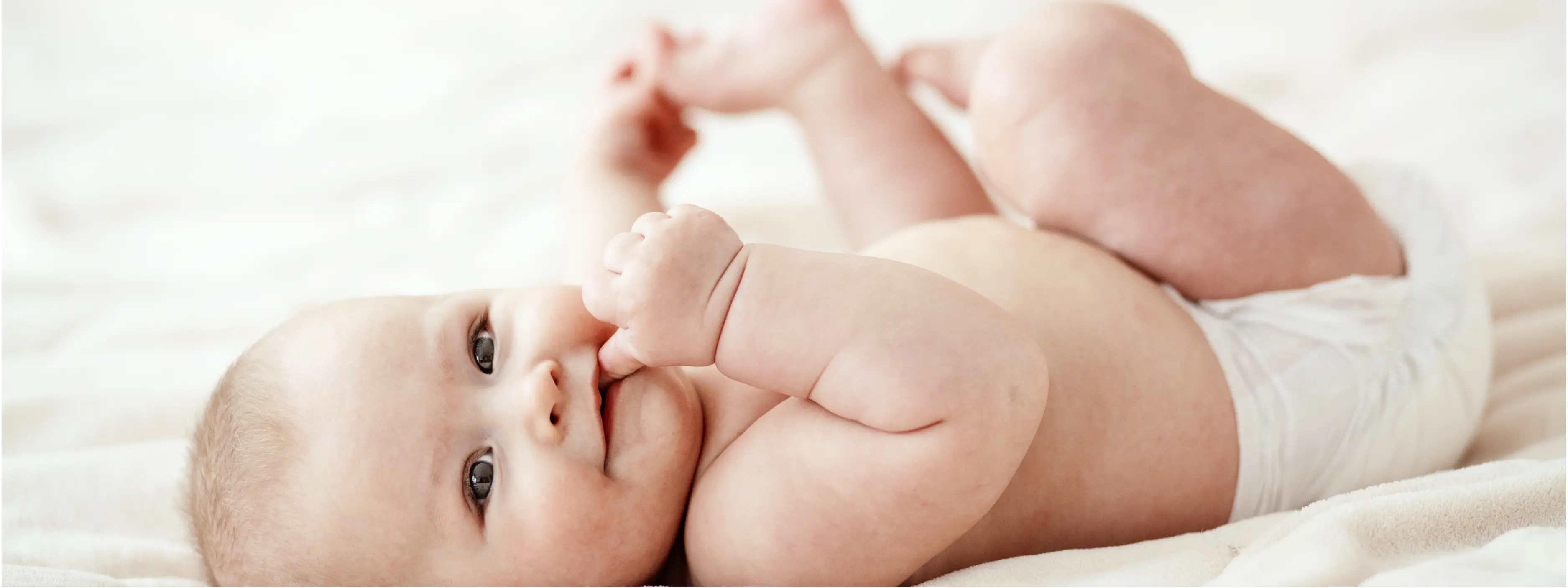
Prevention involves cautious swaddling, carrying, and sleeping practices. Swaddle arms and torsos, avoiding straight leg positions. During carrying or sling use, maintain a "frog position" with legs out to the side. Varying your baby's sleeping position and head orientation can also contribute to hip health.
In conclusion, early detection and intervention are key to treating DDH successfully. Parents and caregivers play a pivotal role in facilitating proper joint development, ensuring that developmental milestones like crawling, walking, and running are achieved without complications. Prioritizing good leg movement in infancy is the foundation for a lifetime of unrestricted mobility. Empower your child's journey to healthy hips with Dr. Vidyasagar, the leading pediatric orthopedic surgeon in Secunderabad. Schedule a consultation today to ensure early detection and expert intervention, laying the foundation for a lifetime of unhindered mobility. Your child's hip health starts with proactive care from the best in the field
Recent Posts
Strategies to Safeguard Young Athletes: 6 Essential Tips for Preventing Sports Injuries
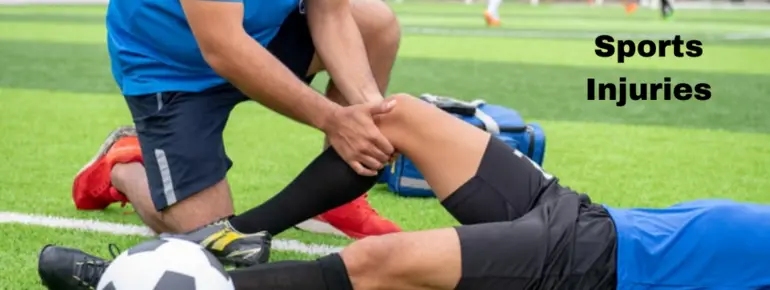
Read More
Keeping Kids Safe: Essential Tips for Preventing Sports Injuries
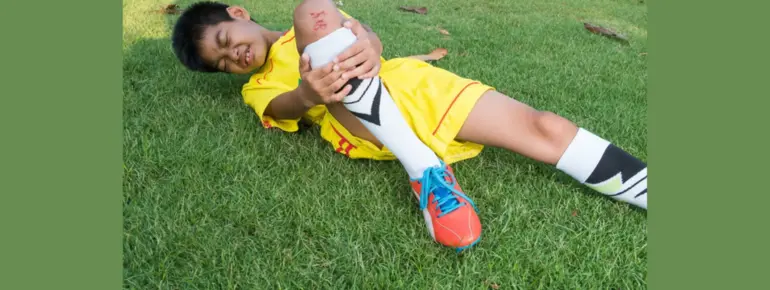
Read More
Stepping into Freedom: Understanding and Overcoming Clubfoot Challenges
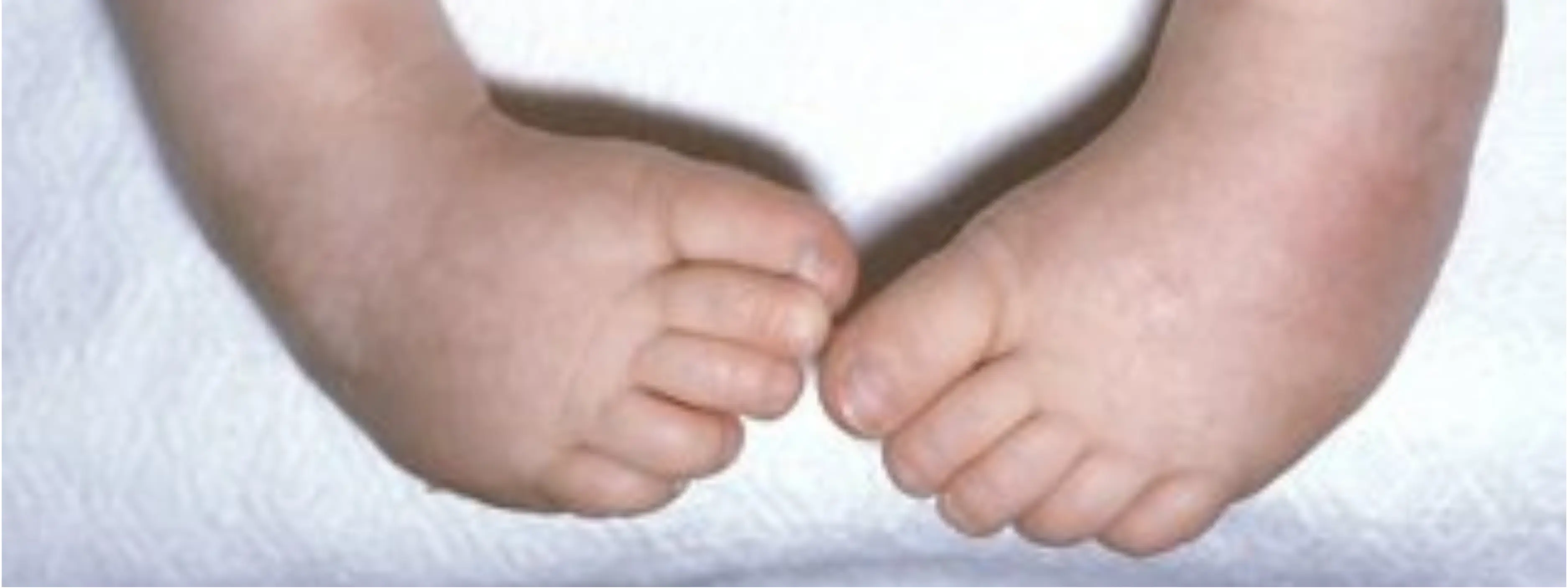
Read More
Embracing Life with Flat Feet: A Journey to Normalcy
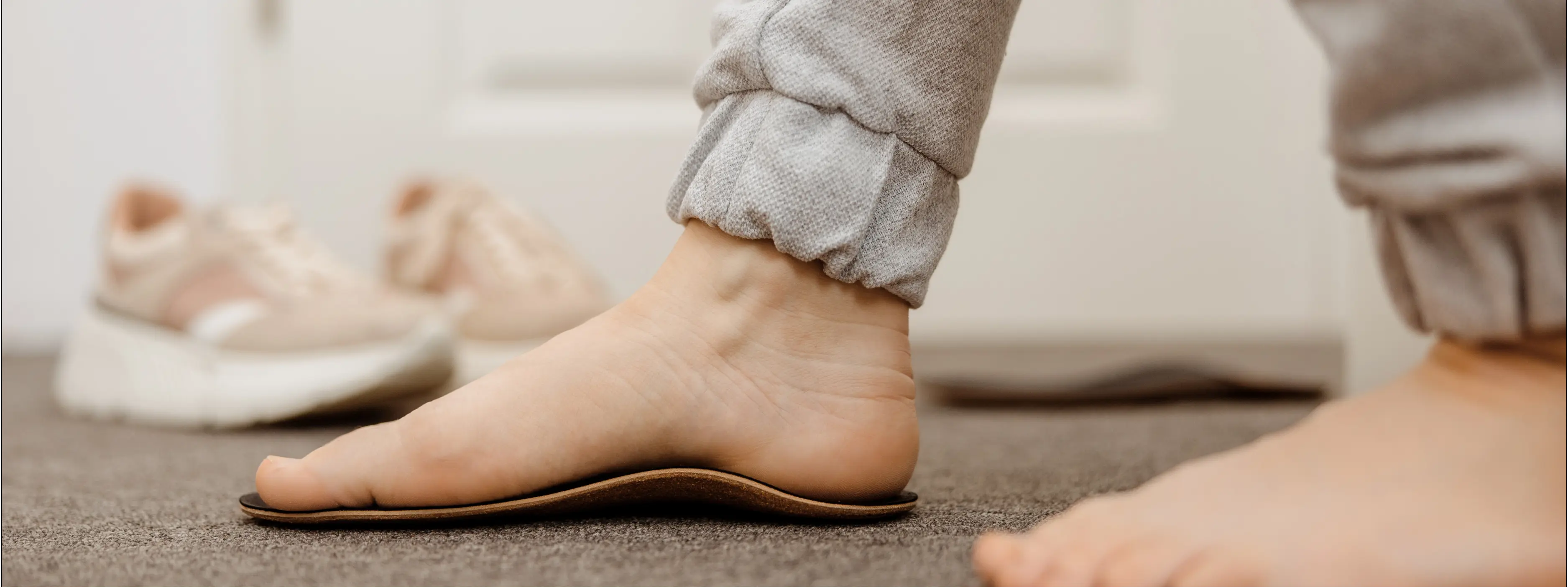
Read More
Navigating Metatarsus Adductus with Comprehensive Guide

Read More
Unmasking the Threat: Understanding Septic Arthritis and Its Urgency for Timely Intervention
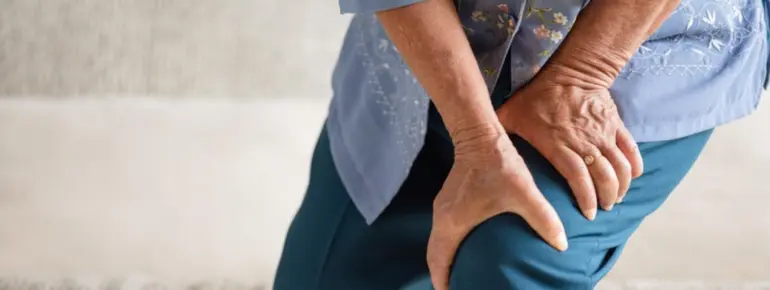
Read More
Stepping Into Straightness: The Journey to Correct In-toeing
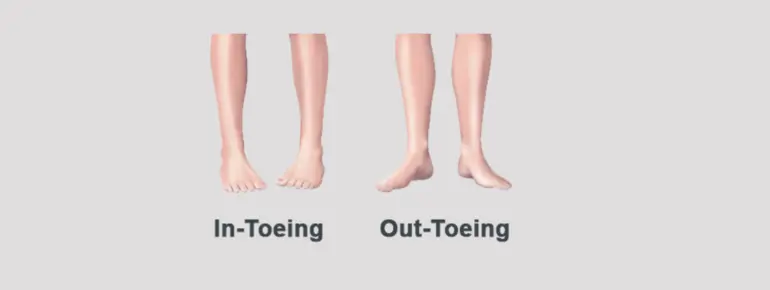
Read More
